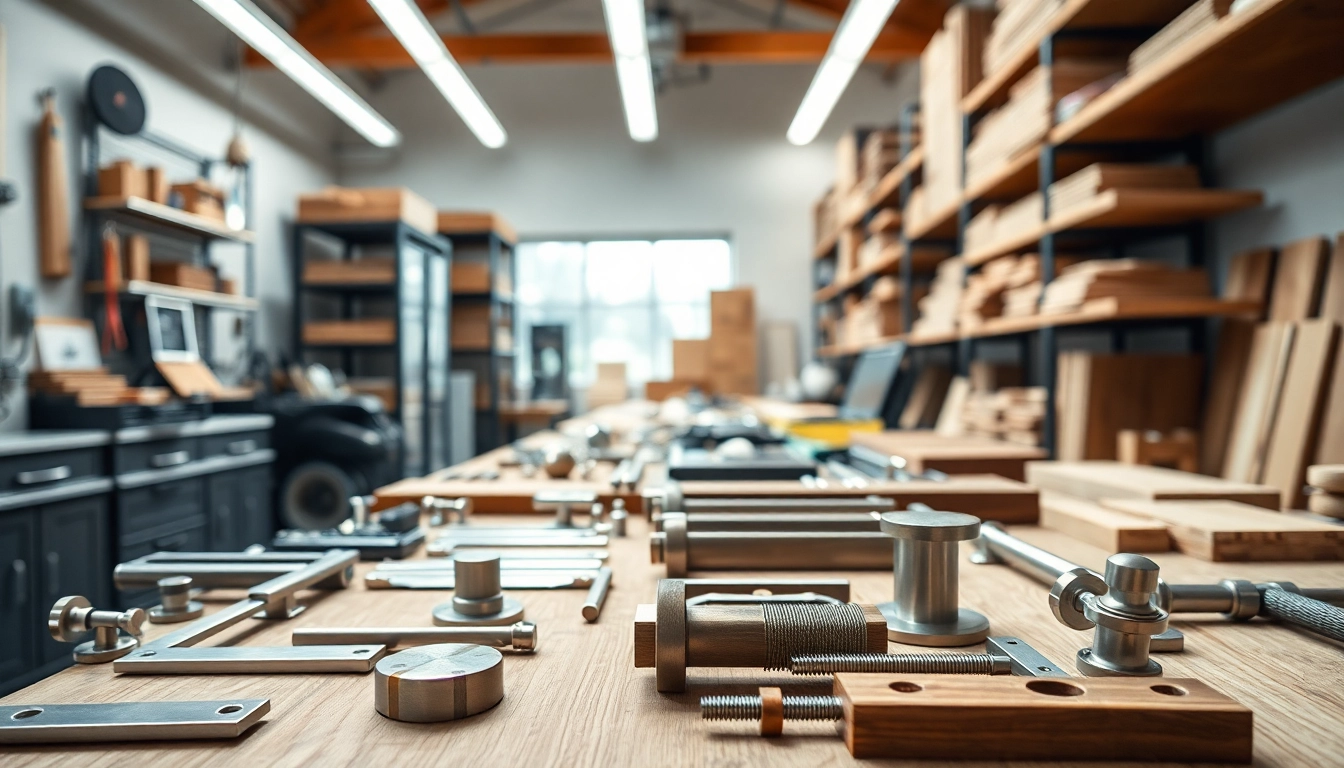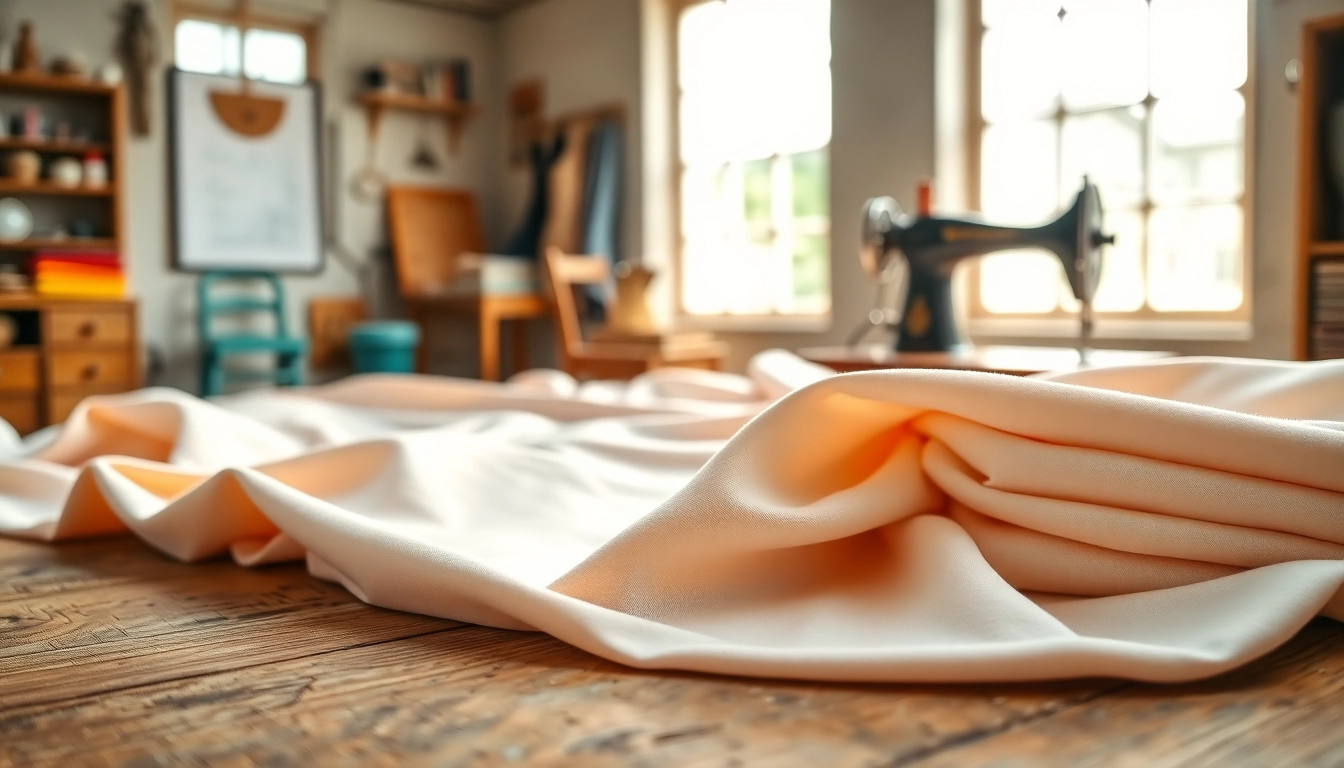Understanding Furniture Hardware Manufacturers
When choosing furniture for any space, the attention often falls to aesthetics, color, and material. However, behind the scenes, there’s a vital aspect that greatly influences both functionality and elegance: hardware. Furniture hardware manufacturers play a crucial role in defining how well a piece of furniture operates and how long it lasts. From hinges and handles to drawer slides and locks, understanding the value and functionality of furniture hardware is essential for both manufacturers and consumers.
The Role of Hardware in Furniture Design
Furniture hardware serves as the backbone of design functionality. Its role transcends mere attachment or operation; it directly impacts usability, longevity, and overall aesthetic appeal. Quality hardware ensures that drawers open smoothly, doors close quietly, and furniture withstands daily use without showing wear and tear. The right combination of hardware can also enhance the visual narrative of the furniture piece, marrying style with practicality. For furniture designers and manufacturers, selecting high-quality hardware from reputable suppliers is not merely an option; it is a necessity.
Identifying Key Suppliers
The landscape of furniture hardware manufacturers is vast, with numerous companies offering a variety of products. Key players include:
- Top Knobs: Known for their extensive range of premium quality cabinet and drawer knobs, pulls, and hardware designed to meet diverse aesthetic preferences.
- Rockler: Offers a wide selection of furniture and cabinet hardware, including drawer slides and hinges, available both online and in-store.
- Furnica: One of the largest suppliers in the U.S. market, specializing in a comprehensive range of furniture accessories.
- Richelieu Hardware: A market leader in specialty hardware, offering innovative designs for various hardware solutions.
Identifying and collaborating with the right suppliers can drastically enhance the quality of furniture being produced. It’s essential to evaluate these suppliers based on product variety, innovation, customer service, and reviews from other companies.
Market Trends in Furniture Hardware
As furniture design evolves, so too does the hardware that accompanies it. Current market trends include a strong inclination towards sustainability, with many manufacturers opting for eco-friendly materials and manufacturing processes. The rise of minimalism is also influencing hardware design, as clean lines and unobtrusive components become popular. Additionally, advances in technology are allowing for hardware that integrates seamlessly with smart home systems, making their use more versatile and user-friendly.
Types of Furniture Hardware
Cabinet and Drawer Pulls
Cabinet and drawer pulls are not just functional; they are also a design statement. The market offers a myriad of styles, from classic designs to modern interpretations. Manufacturers now provide options in different materials such as metals, plastics, and ceramics, allowing designers to coordinate them perfectly with the furniture’s overall aesthetic. Furthermore, custom designs are becoming increasingly popular, with companies offering made-to-order hardware that aligns specifically with individual designs.
Hinges and Connectors
Hinges and connectors, often seen as the unsung heroes of furniture hardware, are crucial for structural integrity. They allow movement and flexibility, enabling doors and lids to function effectively. Innovations in this area have led to soft-close and self-closing mechanisms, which enhance user convenience and improve the lifespan of furniture by reducing wear. Quality hinges can be the difference between a well-functioning piece and one that quickly shows signs of wear down the line.
Specialty Hardware Solutions
Beyond the conventional types, the market offers specialty hardware solutions that address unique needs. Items such as sliding door tracks, adjustable furniture legs, and innovative locking mechanisms are just a few examples. Manufacturers specializing in these solutions often work closely with designers to create hardware that supports specific functionality and enhances user experience.
Choosing the Right Manufacturers
Assessing Quality and Durability
When selecting a manufacturer for furniture hardware, quality and durability should be paramount. Hardware is subjected to regular wear and needs to endure over time without losing functionality. A reliable manufacturer showcases tests and certifications that guarantee the durability of their products. It’s also useful to look for user reviews and case studies to understand how the hardware performs in real-world situations.
Evaluating Design and Aesthetics
The aesthetic appeal is as crucial as functionality when it comes to hardware. Designers should consider how well the hardware will integrate with their designs. Trends shift quickly, and manufacturers who offer a range of contemporary styles can help furniture creators stay relevant in a competitive market. Partnerships with suppliers who focus on innovation in design can provide a competitive edge.
Understanding Manufacturer Reputation
Reputation speaks volumes in the manufacturing world. Established manufacturers often have a track record of reliability and quality, making them preferable suppliers. A manufacturer’s history, the variety of their product offerings, customer service track record, and willingness to collaborate on custom designs are all essential considerations when forming a partnership.
Sourcing and Procurement Strategies
Direct vs. Distributor Purchasing
When procuring furniture hardware, manufacturers have the options of purchasing directly from suppliers or through distributors. Direct purchasing often results in better pricing and more substantial relationships with manufacturers, whereas distributors can provide a wider selection of products. Understanding the pros and cons of both methods is vital for effective sourcing decisions. For example, while direct purchases may offer lower costs, distributors might provide essential stocking and logistical support.
Negotiation Tips for Bulk Orders
Negotiating bulk orders can lead to significant cost savings. Always come prepared with data on previous orders, market prices, and competitor pricing. Cultivating a good relationship with your manufacturer can also yield benefits such as better terms and conditions. Lastly, don’t shy away from discussing customization options, as many manufacturers may be willing to adapt offerings for larger orders to suit specific business needs.
Understanding Lead Times and Delivery Expectations
Lead times can vary significantly based on the complexity of the order and the manufacturer’s capacity. Clear communication about delivery expectations is essential to maintain production schedules. It’s advised to factor in additional time for unexpected delays, particularly when selecting new suppliers or custom orders, as this can safeguard against potential disruption in the manufacturing process.
Innovations and Future Trends
Sustainable Materials in Furniture Hardware
As environmental concerns rise, sustainable materials are becoming increasingly important in the furniture hardware industry. Manufacturers are now sourcing recycled materials and exploring eco-friendly alternatives that meet both durability and aesthetic requirements. Sustainable practices are not just beneficial for the planet; they also appeal to a growing consumer base that values responsible sourcing.
Technological Advances in Manufacturing
Technology continues to reshape the manufacturing landscape. Techniques such as 3D printing are becoming commonplace, allowing for bespoke hardware that can be produced quickly and at lower costs. Automation and digital inventory management systems are also streamlining production processes, enabling manufacturers to respond more rapidly to market demands. Companies that adopt these technologies can gain a competitive edge.
Customization and Personalization Options
The demand for personalized furniture hardware is on the rise. Consumers are looking for unique pieces that reflect their individual style. Manufacturers that offer customization options — whether through design, material, or finish — are positioning themselves to capture a growing market segment. By collaborating with designers and consumers directly, manufacturers can bridge the gap between functionality and personalized aesthetics, meeting diverse consumer preferences.



